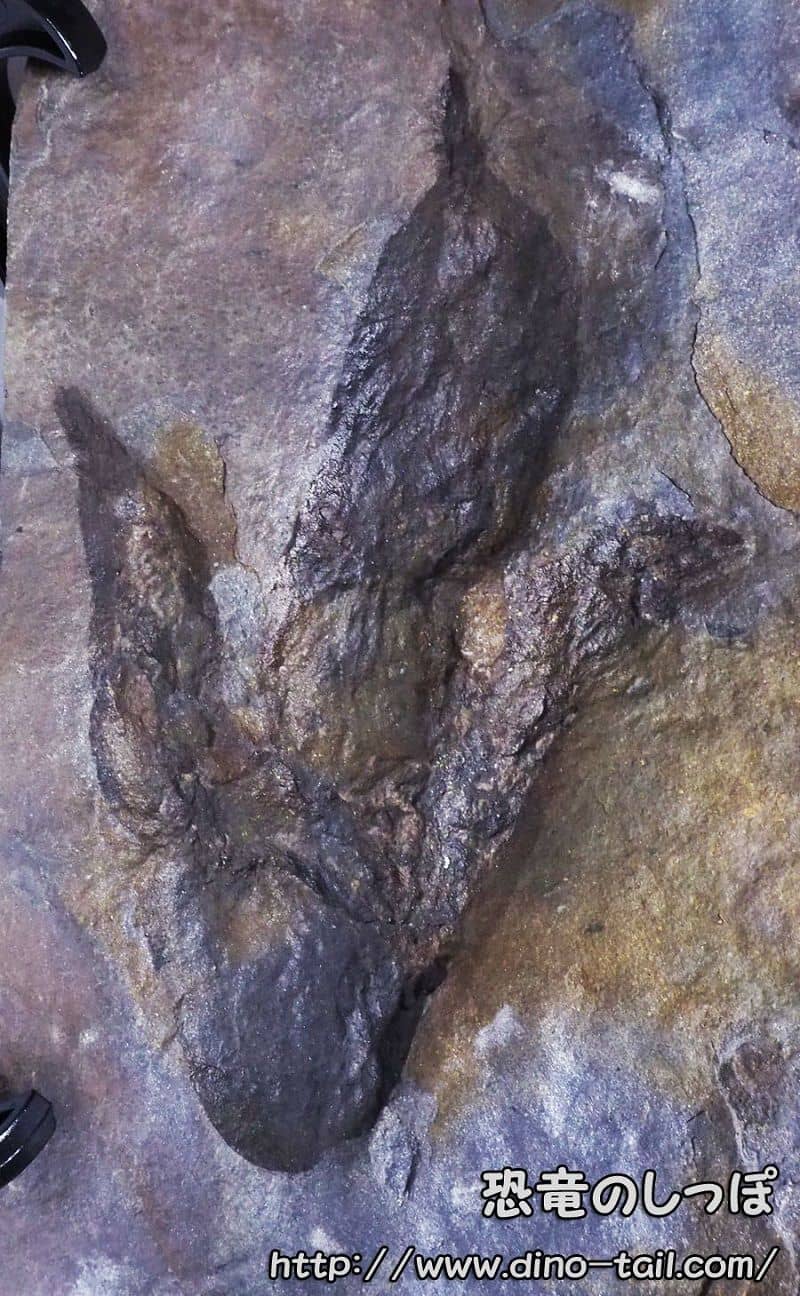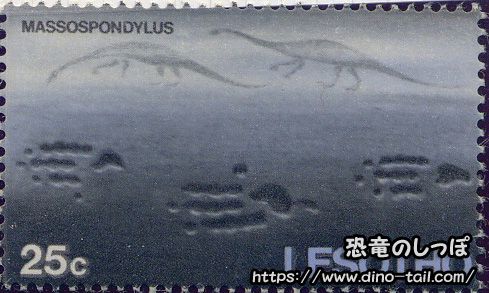Estimation Methods

My collection (personal property)
A method has been established to calculate walking speed from fossilized footprints.
The hip height and leg length are calculated from the size of the footprints, and the walking speed is estimated by considering these along with the stride length.
This calculation method is based on modern mammals and birds, but the figures vary greatly among researchers.
In the 2000s, more complex biomechanical analyses using computers became common. Models are created assuming the thickness and length of the hind leg muscles, and the optimal activity pattern that produces the maximum speed is calculated through simulations.
As research progresses and more is revealed about muscle movement and running posture, more accurate speeds will be estimated.

Maximum Speed of Dinosaurs
The maximum speeds of dinosaurs calculated by Dr. Saleborn of the University of Queensland, Australia, are as follows:
| Genus Name | Classification | Estimated Max Speed |
|---|---|---|
| Gallimimus | Theropoda (Ornithomimidae) | 43 - 58 km/h |
| Deinonychus | Theropoda (Dromaeosauridae) | 29 - 42 km/h |
| Triceratops | Marginocephalia (Ceratopsia) | 26 km/h |
| Tyrannosaurus | Theropoda (Tyrannosauridae) | 23 - 27 km/h |
| Brachiosaurus | Sauropodomorpha (Titanosauriformes) | 18 km/h |
| Iguanodon | Ornithopoda (Iguanodontia) | 16 km/h |
| Stegosaurus | Thyreophora (Stegosauria) | 7 km/h |
Was Tyrannosaurus's Walking Speed Similar to a Human's?

Tyson
A paper published in 2021 by a Dutch research team estimated that the normal walking speed of Tyrannosaurus was about 4.6 km/h to 4.8 km/h. This is about the same as, or slightly slower than, the average human walking speed.
Previous studies had suggested they walked faster, but this study focused on the role of Tyrannosaurus's long tail during walking. By recreating the propulsive force generated by the tail's up-and-down motion with a computer model and combining it with the stride length from fossilized footprints, they determined a more energy-efficient and natural walking speed.
However, this is just the normal "walking" speed. As for how fast they could "run" when chasing prey, it is thought to have been around 19 km/h to 27 km/h, and research is ongoing.
